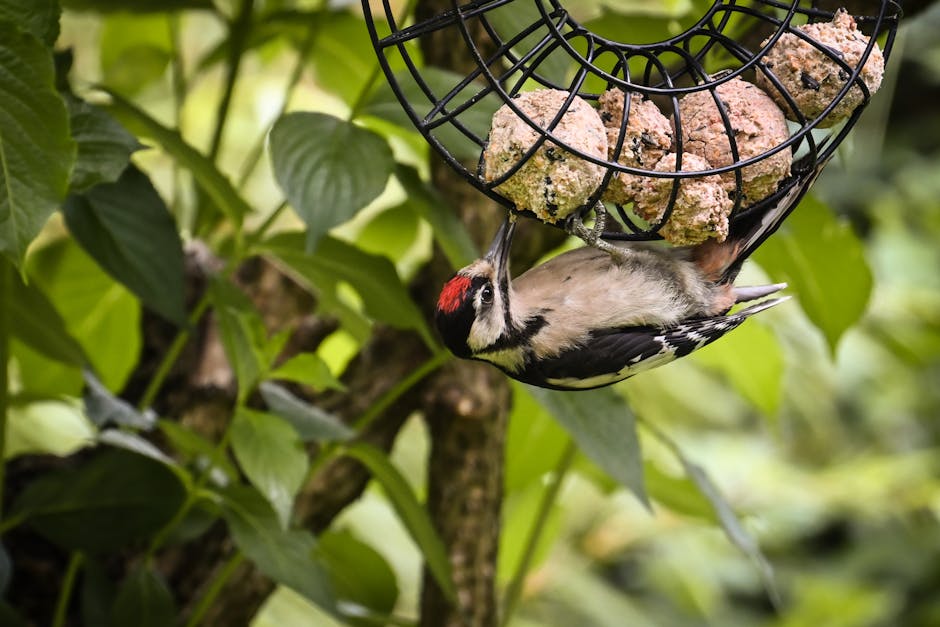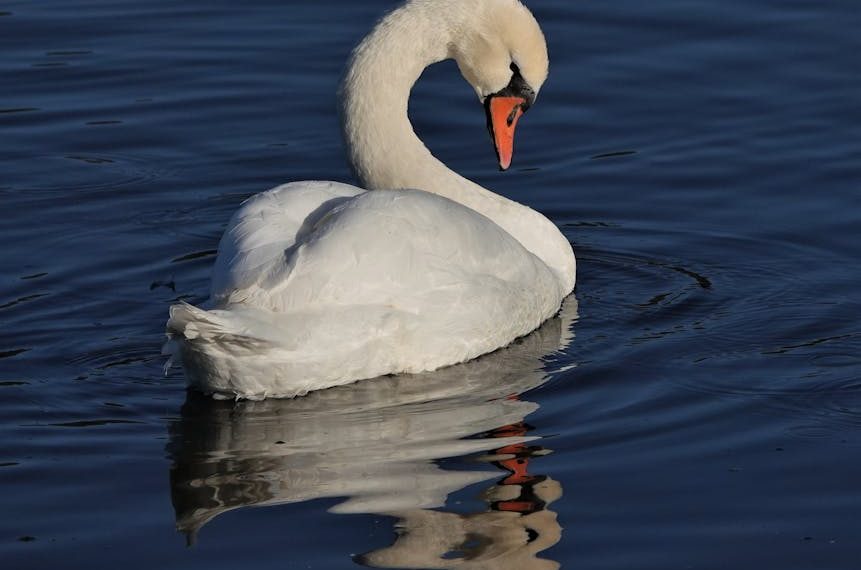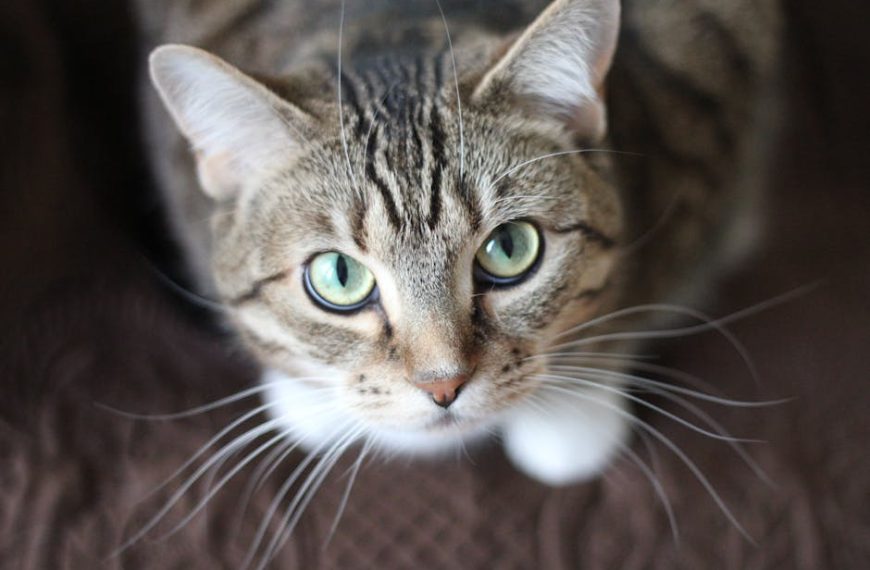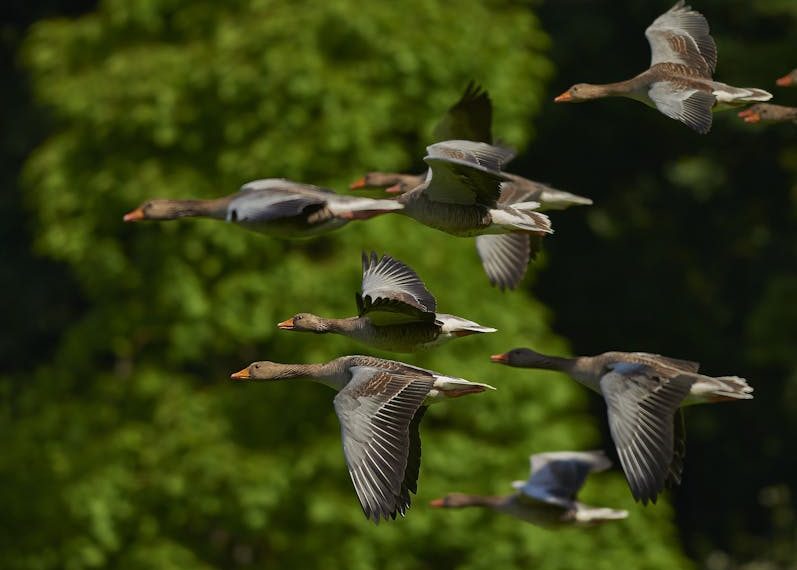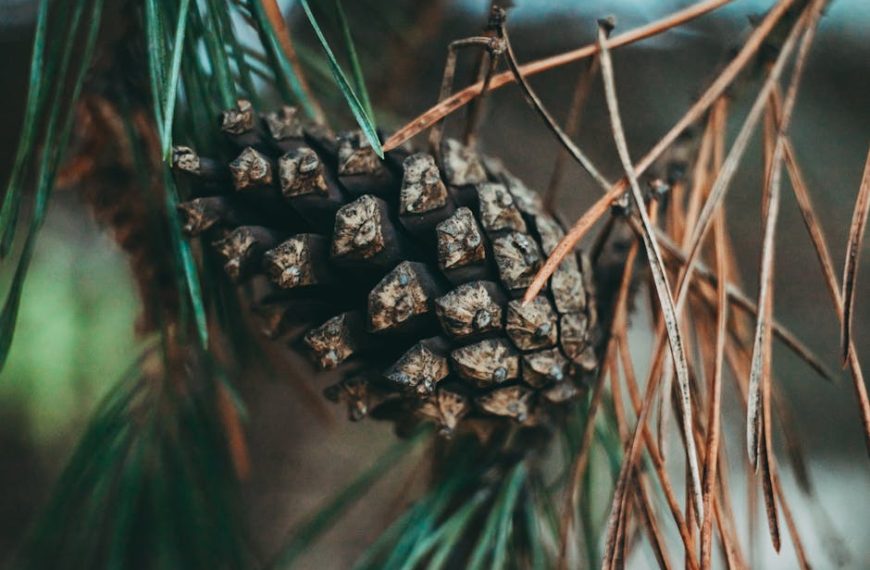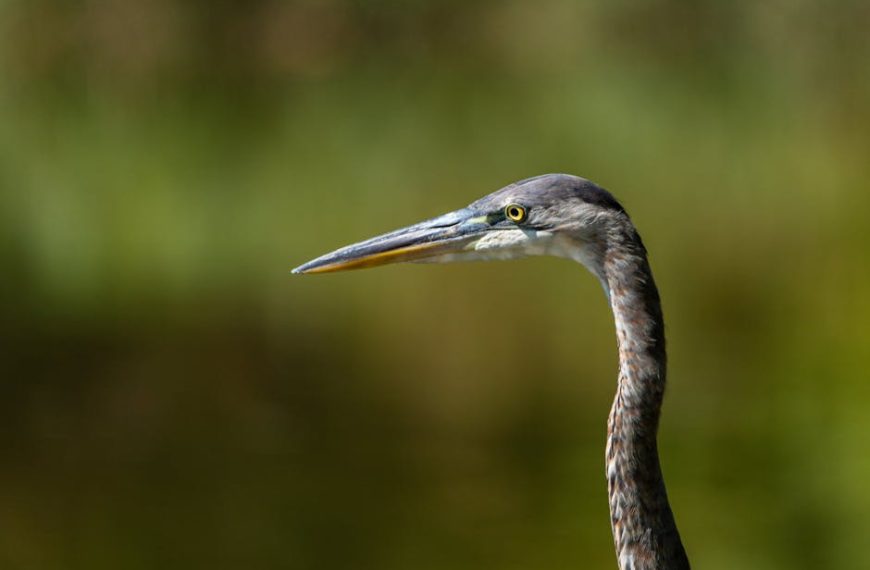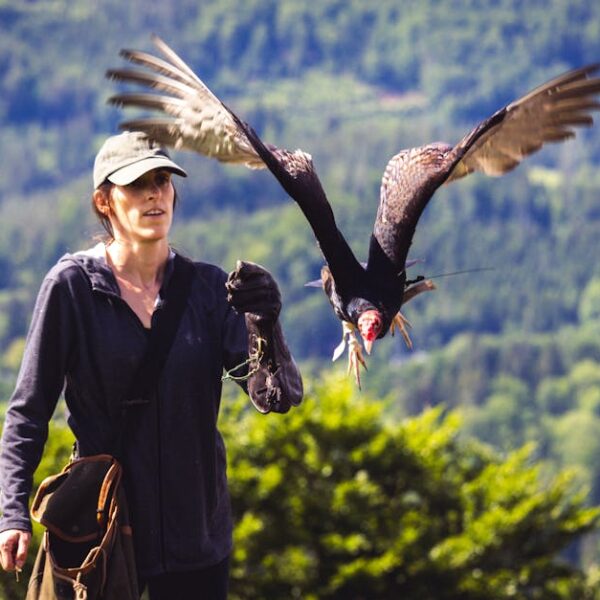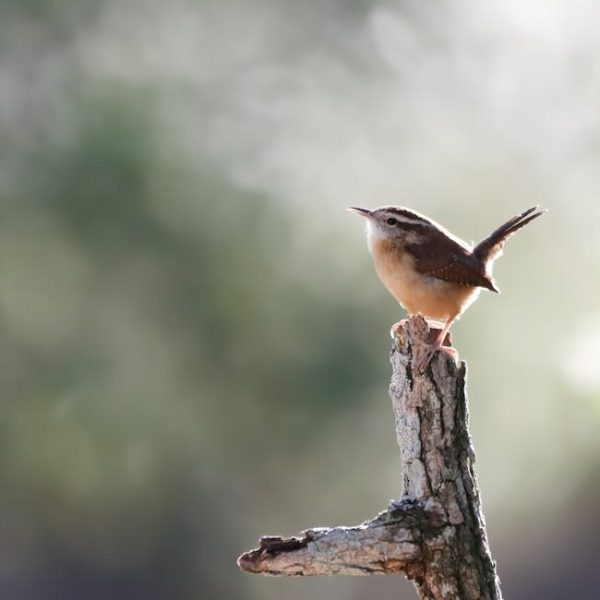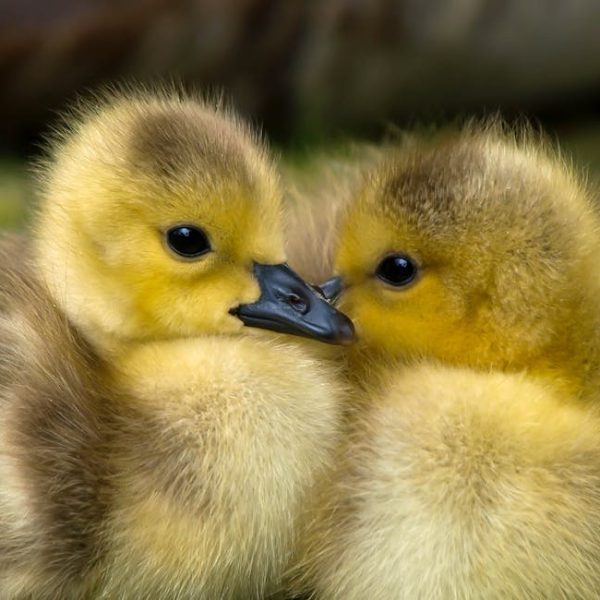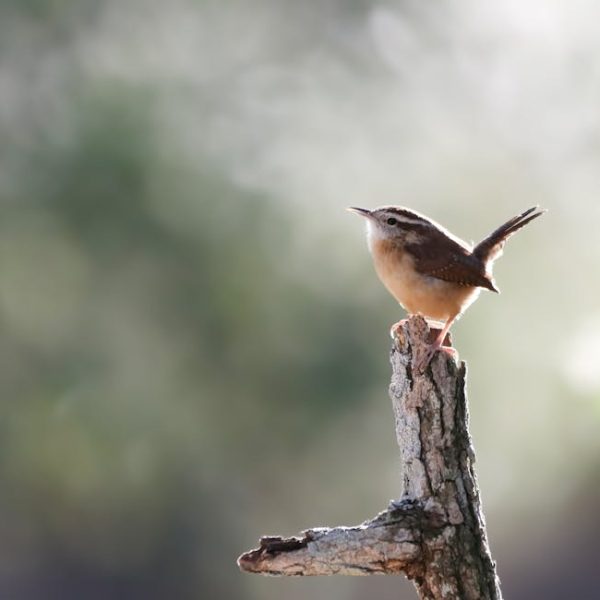Birdwatchers often derive immeasurable joy from observing numerous species of birds flitting to their bird feeders. However, there may come a time when birds’ visits to your feeder become sporadic, or worse still, stop altogether. This sudden change in birds’ behavior might leave you puzzled and anxious. But worry not! There can be multiple, easily rectifiable reasons behind this drop in avian traffic. Among the top causes are feeder placement, the type and quality of bird food, feeder cleanliness, seasonal migration, and competition or interruptions. Accordingly, by addressing these concerns, you dramatically improve your chances of maintaining a bustling bird feeder year-round.
Feeder Placement and Safety
Birds are incredibly vigilant about their safety. Consequently, where you position your feeder is crucial to their feedings habits. If you’ve set it up in a high traffic area or a spot prone to predators, birds are likely to steer clear of it.
- For optimal visibility and security for birds, put the feeder at a height equivalent to a one-story building or around 10 feet off the ground.
- Keep the feeder at a safe distance from windows to reduce bird-window collisions, a leading cause of avian mortality.
- Plant vegetation around your feeder. It provides birds with the necessary cover to swiftly evade predators, thereby encouraging more visits to your feeder.
Type and Quality of Bird Food
The cuisine you offer at your feeder also determines the number and species of birds you attract. Hence, it’s essential to provide quality food that suits the dietary requirements of the birds native to your region.
- Consider supplying a variety of foods. For instance, sunflower seeds, thistle seeds, and peanuts are favorites among birds. This variety can draw a richer array of species to your feeder.
- Avoid buying inexpensive birdseed mixes. They often contain fillers, such as milo or wheat, which many birds will skip over in favor of higher-quality seed options.
Feeder Cleanliness
Just as humans avoid dining in unhygienic settings, so do birds. Because a grubby feeder with spoiled food can put them off, it’s essential to keep yours clean and fresh.
Checklist for Feeder Maintenance:
- Wash the feeder at least once every fortnight. Plan more frequent cleanups during periods of high use or in hot, humid conditions.
- Scrub all surfaces of the feeder using a stiff brush to get rid of any caked-on waste or mold.
- Once you rinse it well with running water, let it air dry fully before you refill it. This prevents residual wetness from spoiling the new batch of food.
Next, we’ll delve further into factors influencing bird visits such as seasonal changes, intra-species competition, and environmental upheaval.
Seasonal Migration
Bird migration is a scientific marvel that significantly influences the pattern of bird visits to your feeder. Migrating birds move between their breeding (summer) homes and non-breeding (winter) grounds. Consequently, the species visiting your feeder will vary by season.
| Pros | Cons |
|---|---|
| Migrating birds offer an exciting range of species not typically found in your area. These transient visitors can bring loads of excitement to your bird watching sessions during migration season. | On the downside, there might be a noticeable dip in bird traffic during off-migration seasons. Also, certain species may vacate your feeder entirely during these periods as they move on to other locations. |
Competition and Interruptions
Bird visits to your feeder can be affected adversely by competition from other animals, bullying birds, or frequent disturbances, all of which can make the feeder zone an uncomfortable place to feed.
- Install baffles or guards on your feeder or its poling: These devices prevent squirrels and other pests from getting access to the bird food.
- Feeder design can be decisive in deterring larger, more assertive birds who tend to monopolize the feeder. Tube feeders are a suitable choice as they favor smaller songbirds while effectively thwarting larger birds.
- To make the birds feel safe and undisturbed, manage the human activity around the feeder’s location. Strive for a quiet and peaceful feeding environment.
Conclusion
Bird feeders are a wonderful way to enjoy the natural beauty and diversity of local birds up-close. However, birds might mysteriously ignore your feeder from time to time. We hope these insights into feeder placement, food types, cleanliness, seasonal shifts, and other disturbances help you troubleshoot why your feathered friends may not be frequenting your feeder as expected. By addressing these issues, you’re sure to keep your avian visitors happy and returning routinely. Remember, patience, persistence, and attunement to the needs of your flying guests can make your backyard an avian oasis!
Key Takeaway:
- The location of the bird feeder is key for ensuring birds’ safety and comfort. Proper height and distance from potential dangers like windows are important.
- The type and quality of food offered at the feeder directly impact bird visitation. Variety and high-quality seed-free of fillers are recommended.
- Routine cleaning of the bird feeder prevents the spread of diseases and attracts more birds.
- Bird visitation might change according to seasonal migrations.
- Other animals, dominant birds, and human activities around the bird feeder can scare off birds. Utilizing safeguards and managing human activity can help mitigate this.
Maintaining a bird-friendly environment can be a simple, yet rewarding process. With some insights into bird safety, feeding habits, and understanding their seasonal patterns, you can create a lively bird-watching experience in your backyard. Patience and care will certainly yield colorful and melodious results.
FAQs
Q: How often should I replace the bird food in my feeder?
A: It’s best to refill your bird feeder as soon as it’s empty. If the seeds remain uneaten for a long time, consider the freshness and quality, as well as the type of seed you’re using. Birds have different preferences.
Q: Are there particular bird species that prefer certain types of bird feeders?
A: Yes, certain bird species do prefer specific types of feeders. For instance, tube feeders are great for smaller songbirds, while platform feeders often attract larger bird species.
Q: What is the best way to deter squirrels or other pests from my bird feeder?
A: You can use baffles or squirrel guards to keep squirrels and other pests away. Placement of the feeder can also play a significant role. Try to hang feeders at a height and place where pests can’t easily reach.
Q: I live in an apartment with a balcony, how can I safely place a bird feeder?
A: You can use suction-cup bird feeders that stick directly to your window or balcony railing, or hanging feeders that can be fixed to the ceiling of the balcony. Make sure it’s away from areas where cats or other predators could reach.
Q: How can I attract more diverse bird species to my feeder?
A: Offering a variety of high-quality food can attract diverse bird species to your feeder. You should also take into account the safety and cleanliness of your feeder to make it a more inviting dining spot.
Feel free to share the article with fellow bird enthusiasts and explore more posts on our website for further insights.
